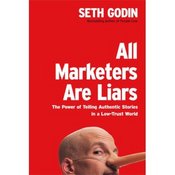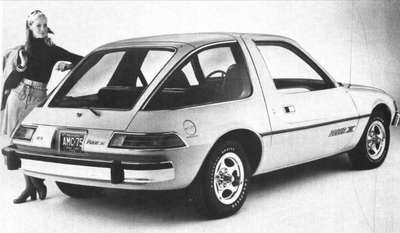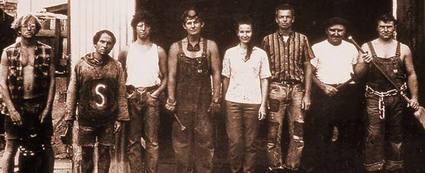My previous post on the importance of avoiding assholes as a way to be more innovative is the single most popular post in this blog, so in the name of creativity, progress, and better workplaces everywhere, here’s another serving of asshole-bashing.
Dan Pink’s blog has an interesting link to a study done by economist Armin Frank, who studied the effect of close managerial supervision on employee motivation. His conclusion is not startling to those of us who have labored under an asshole, to wit:
"Anyone who is suspicious of the willingness to work of their employees
is in fact punished by poor work levels; whoever is optimistic and
gives them free rein is rewarded."
I really believe in this. I spent my formative career years doing skunkworks R&D inside of the old, original incarnation of HP. I had an enlightened manager who always got the best out of his engineering teams. We didn’t have any weekly supervisory meetings — you just worked to do your best, and when you had a question or needed some guidance, you’d stop by his cube.
One cold, rainy February day he happened to walk by my cube (hadn’t seen each other in weeks) only to catch a whiff of raw Bondo, the automotive body filler (of course, I was wearing a gas mask). Toxic fumes! I was using it to create a quick prototype of some mechanism I had sketched up, nothing that I wasn’t used to doing in my college dorm room 12 months earlier. What did he do? Well, he didn’t pull the asshole maneuver and tighten the "circle of trust" noose upon my neck by forcing me to start clearing every little work decision with him. No, instead, he just said (calmly), "There are very few things that will get you fired here. Working with hazardous materials inside of an office space is one of them. Cool stuff you’re working on, by the way." And then he strolled away.
For this guy, for this kind of leader able to make this kind of optimistic, trusting gesture, I redoubled my efforts to get the prototype to work.
Outside in the rain.





